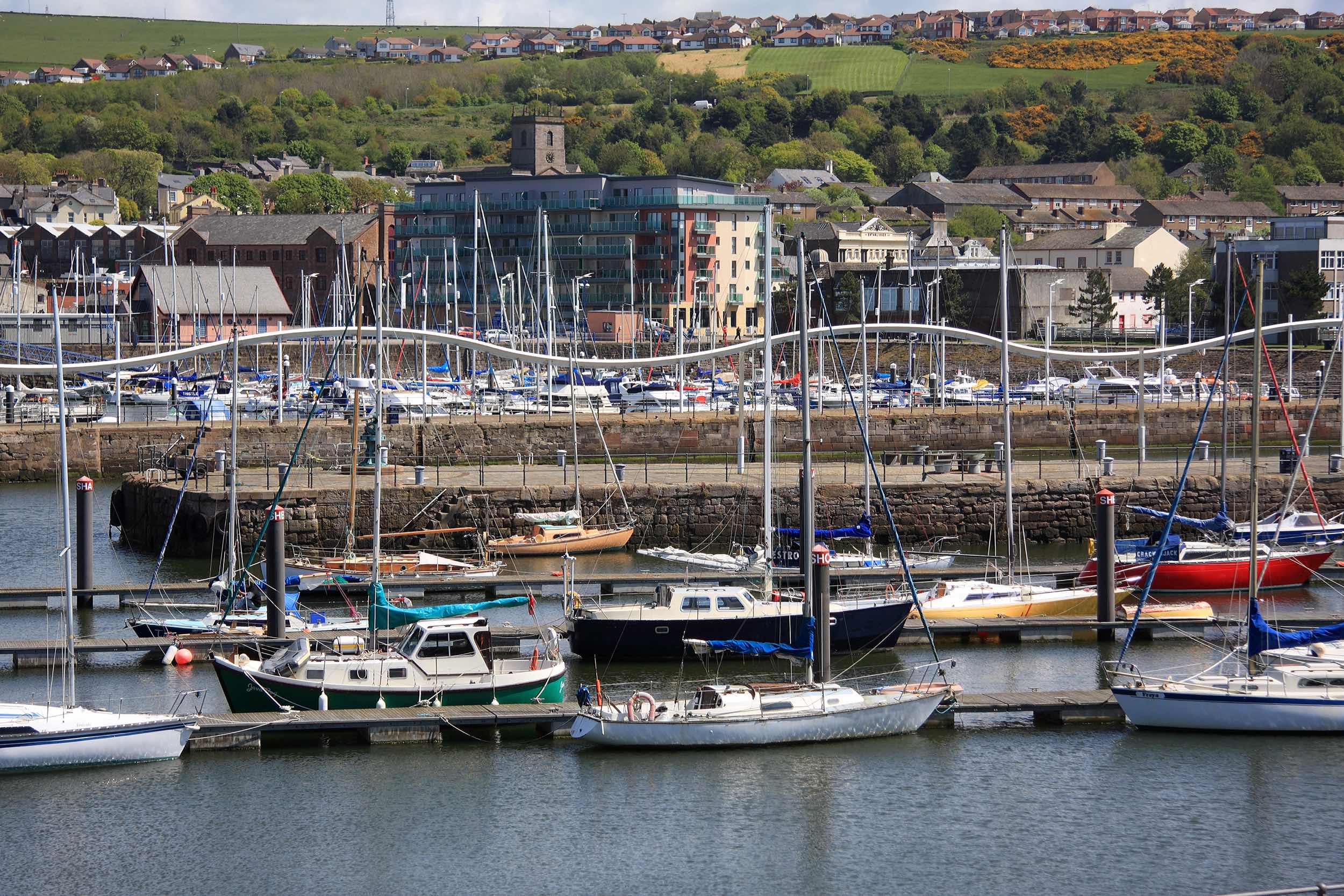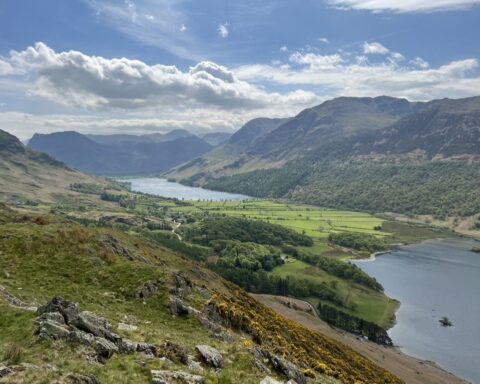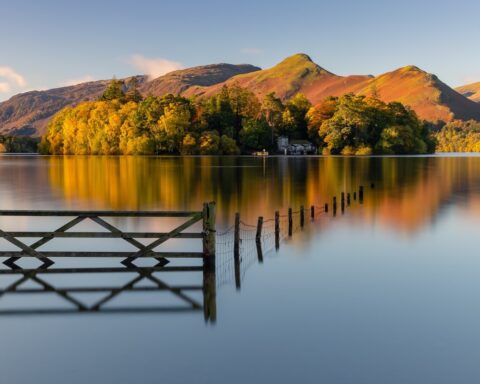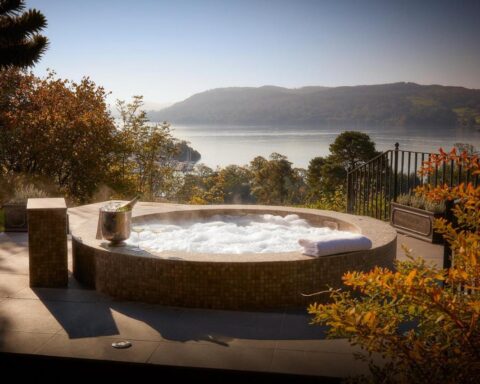Historical Transformation of Whitehaven
Its attractive harbour area and elegant Georgian townhouses are reminders of Whitehaven’s transition from simple fishing village to England’s third largest port. The movement of salt, sugar, tobacco, spirits and even slaves all contributed to the town’s wealth, particularly in the seventeenth century, but it was iron and coal that became Whitehaven’s main exports. The Lowther family, who owned the harbour and much of the local coalfield, built a planned town here based on a grid system similar to the one Sir Christopher Wren had originally proposed for rebuilding London after the Great Fire.
Tourist Attractions in Whitehaven
Today, this heritage forms an important part of Whitehaven’s appeal as a tourist destination. The Rum Story, on Lowther Street, tells the story of the port and, in particular, the role that the trade in rum and slaves played in its early development. The harbour itself has benefitted from £20 million of grants since 1990, helping to improve the marina and public access to the waterside area. Many maritime festivals have subsequently been hosted here, including several hugely popular gatherings of tall ships. The Beacon Museum provides an excellent view of the harbour, as well as lots of interactive displays about local history. The prominent ‘chimney’ overlooking the harbour, known as The Candlestick, is all that remains of Wellington Pit. This coal mine was the scene, in 1910, of Whitehaven’s worst mining disaster, resulting in the deaths of 136 miners.
Exploring the Natural Beauty
A line of cliffs rises to the south of the town, reaching a high point of about 300ft at St Bees Head. The seven-mile walk along these cliffs to the seaside village of St Bees makes for a lovely day out and, after ice-cream in St Bees, you can catch the train back to Whitehaven. Both stations are on the Cumbria Coast railway line which runs between Carlisle and Barrow-in-Furness.





